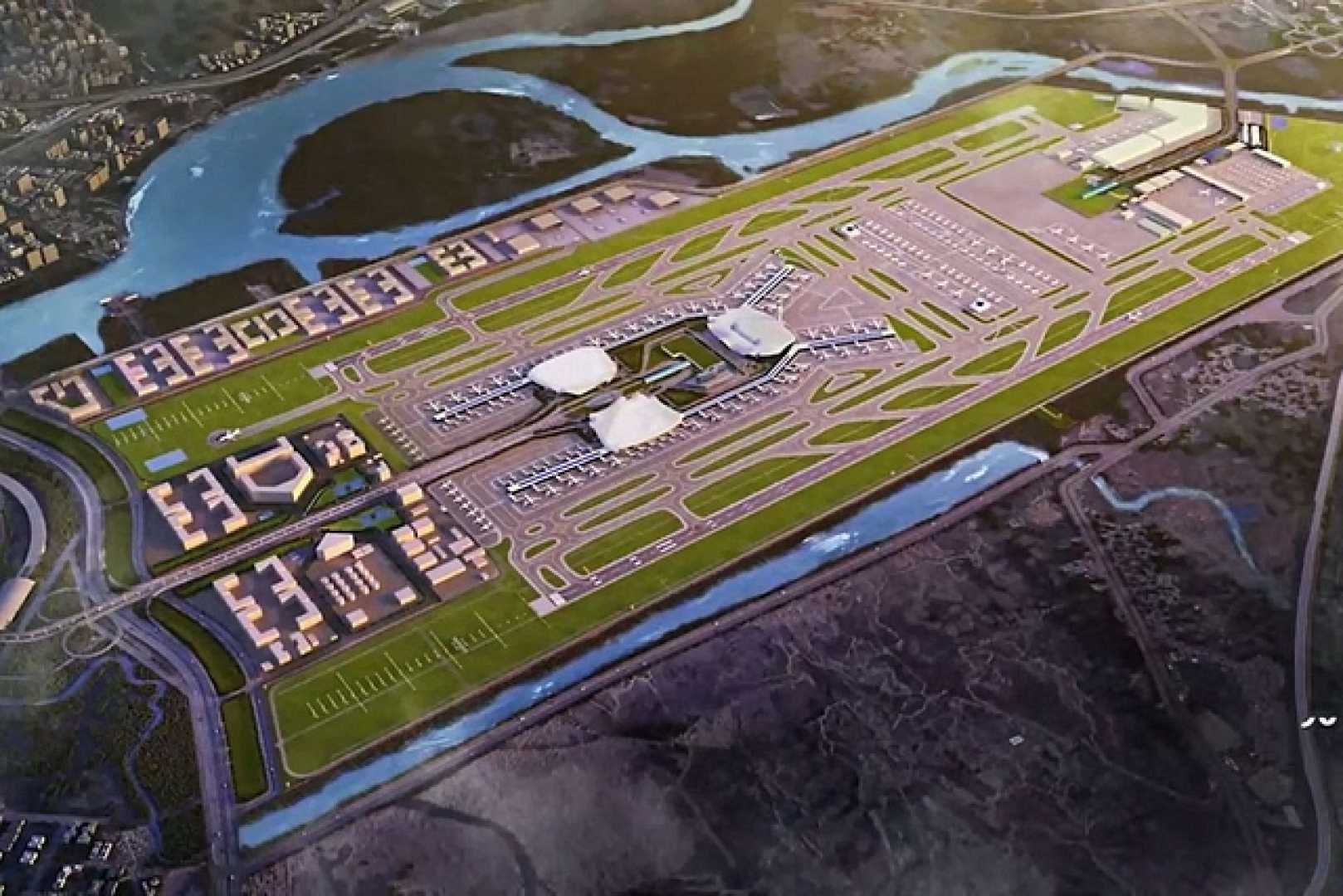News
Successful Trial Lands Navi Mumbai Airport on Schedule for 2025 Launch

The Navi Mumbai International Airport marked a significant milestone on Friday with the successful trial landing of an aircraft, indicating progress towards its operational launch next year. An Airbus C295, a transport carrier of the Indian Air Force, touched down on the southern runway, designated as runway 26, at 12:14 p.m., confirmed the airport’s operator.
The trial was celebrated with a water cannon salute for the aircraft, a traditional aviation honor signifying the welcoming of an important flight. This event is emblematic of the airport’s readiness as it gears up for commercial operations, anticipated to commence early next year. The airport, currently under development by the Adani Group, will become the second major airport serving the Mumbai Metropolitan Region.
In addition to the C295 landing, the runway inauguration was further highlighted by the flypast of a Sukhoi SU-30 aircraft, gaining applause from the audience present. Civil aviation authorities, represented by Union Civil Aviation Minister Kinjarapu Ram Mohan Naidu and Maharashtra Chief Minister Eknath Shinde, were in attendance to witness the event. Naidu highlighted the government’s plan to implement a “Gati Shakti model,” incorporating multi-modal connectivity to the airport.
After its full launch, the airport’s initial phase will feature a single runway and a terminal building inspired by the lotus flower. This facility, adhering to LEED Gold standards, is calculated to accommodate approximately 20 million passengers annually. The Navi Mumbai airport will enhance the region’s aviation capacity significantly, eventually hosting parallel runways that can manage around 1,500 flights daily.
At present, the Chhatrapati Shivaji Maharaj International Airport is the sole aviation hub for the Mumbai Metropolitan Region, limited by its single runway and two passenger terminals. The operationalisation of the Navi Mumbai airport aims to alleviate these capacity constraints and enable growth experienced by other Indian airports, such as those in Delhi, Hyderabad, and Chennai, which are already equipped with parallel runways and modern facilities.












